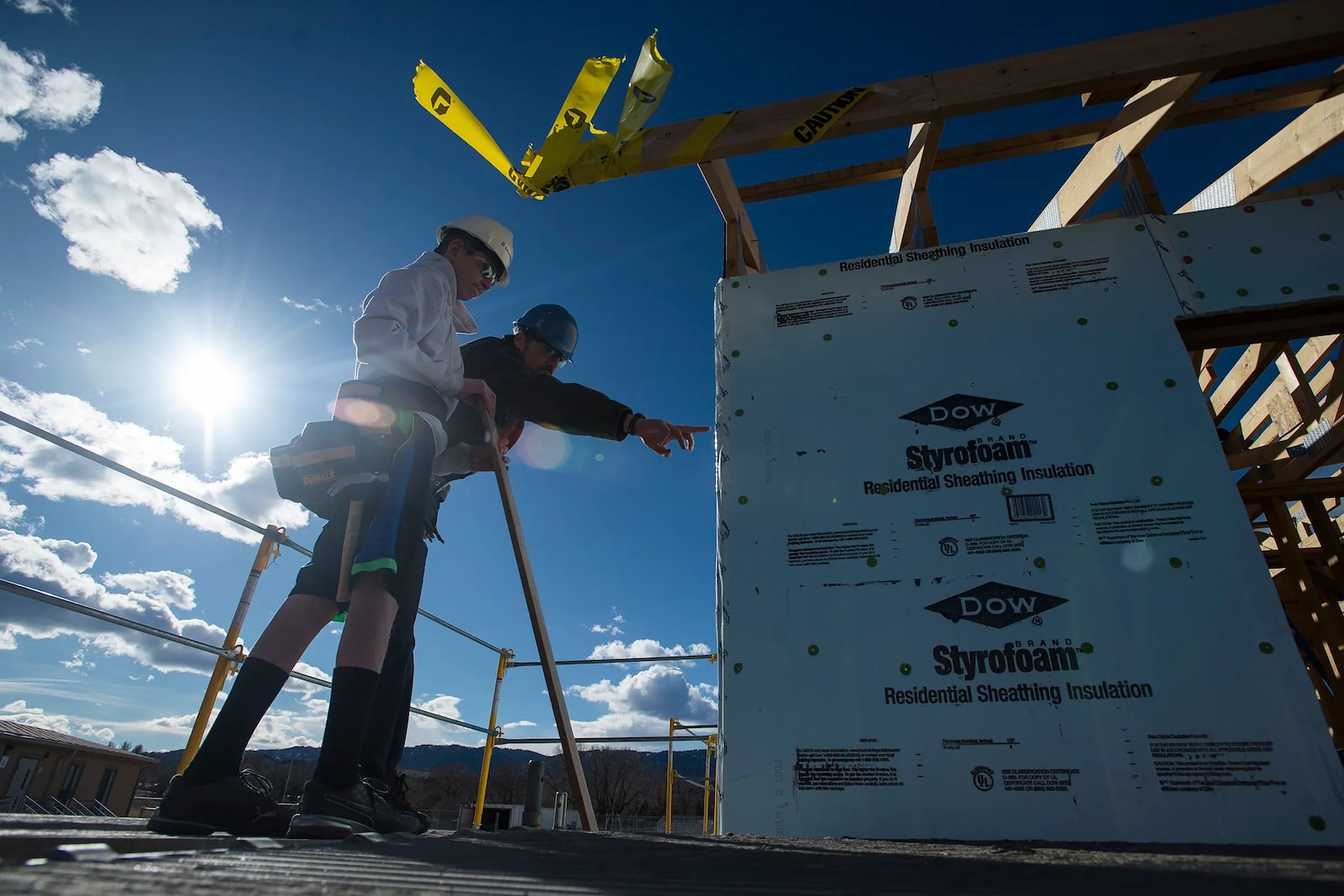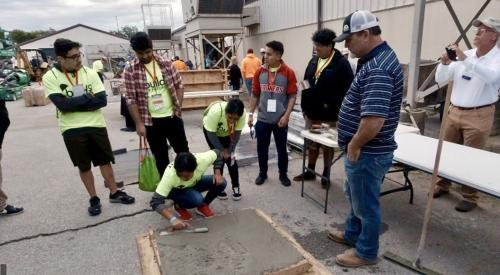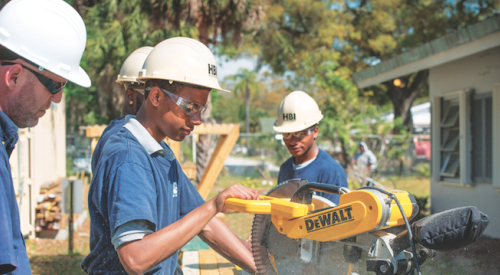Targeted by budget cuts and a shift toward core academic courses, the age-old shop class began to disappear from many junior high and high schools in the 1990s. By the next decade, shop classes that taught the basics of carpentry, electrical and welding, among other skills, had disappeared in many states to enable educators to teach to standardized testing requirements that prepared students for success in college and the white-collar careers that followed.
These testing standards, along with college acceptance rates, have become a dominant method of assessing school performance. The top-ranked schools across the country have a large number of students who score above expectations in math and reading assessments, pass an array of college-level exams and graduate in four years. Some are even ranked on the number of students they send to the top-rated colleges.
What schools are not ranked on is how many students gain the skills necessary to make basic home repairs, or how many were exposed to the trades that are crucial to keep our communities humming; skills like masonry, carpentry, plumbing and electrical work. And they are not judged by how many students go off to college but never graduate, or don’t acquire the skills they need for a successful career.
“This trend toward colleges and university careers left a lot of young people behind,” said Josh Weissman, leader of the Technology Education Department at Poudre High School in Fort Collins, Colo. “We did a really good job of shooting ourselves in the foot.”
As schools eliminated vocational programs over recent decades, America’s potential plumbers, electricians, carpenters and roofers were left without any early exposure to the trades and occupations in the construction industry. Teachers and counselors instead steered students into business and computer programming classes with the promise of a rewarding white-collar career, without consideration of potential student loan debt taken on by pursuing higher education.
But a shift has happened in recent years. Counselors, teachers and — what Weissman and others say is the key factor, parents — began to realize that college is not the best option for every student. The increasing cost and debt associated with college, and the high number of people who accumulate significant debt but never receive a degree, are leading to growing doubt about the value of the four-year college track. As a result, many are taking a new look at careers in the skilled trades.
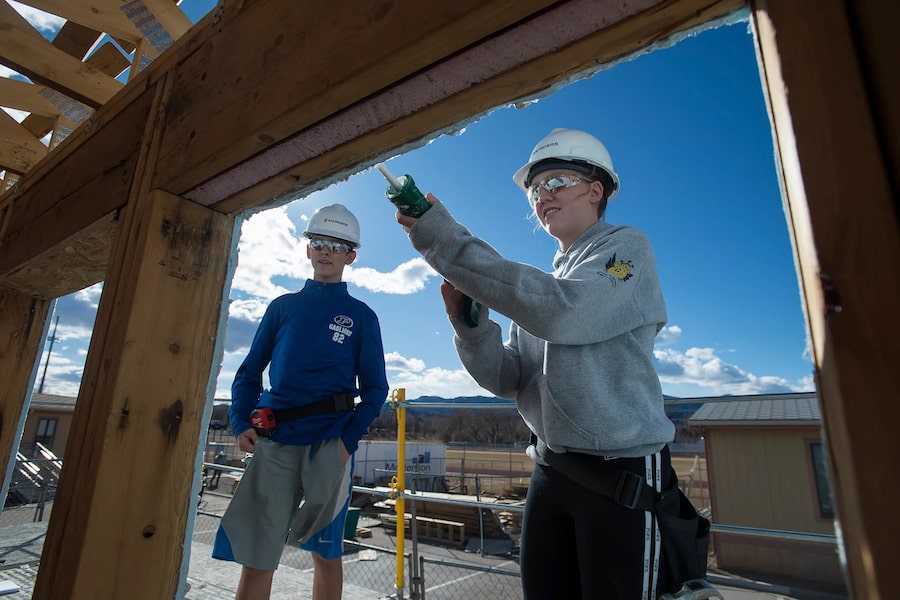
The housing market remains underbuilt and requires additional labor as the sector continues to expand. In fact, economists at the National Association of Home Builders (NAHB) note 2.2 million new workers are needed in residential construction over the next three years to keep up with the booming demand for homes. The labor shortage is also a serious threat to housing affordability as businesses scrambling to find workers are forced to add time and costs to projects.
Many of the schools that tend to value skilled trades training are in more rural areas of the country. It’s also an area seeing a higher percentage of home building, according to NAHB, as the ability to telework becomes more prominent in the wake of COVID-19 and builders and developers are looking further afield to find more buildable lots.
Weissman’s school in Fort Collins is in a rural area close to the Wyoming border, a factor he said helps the school’s administration and parents see the value in what he teaches. “The area has a lot of farms and there is an emphasis and a value placed on manual labor in the community,” Weissman added.
The school is also teaching skills that businesses in the region such as HP, OtterBox and area manufacturing and design companies like Woodward Inc. are noticing, Weissman said. “When a company calls and finds out we are teaching these traditional skills along with robotics and engineering skills, it gets their attention,” he added.
In western New York state, Caitlin Bowen, a certified technology education teacher with 10 years’ experience, said shop classes never really went away, they were just renamed and expanded to include things like robotics, virtual reality labs and 3D printers. Many still have fabrication labs and woodworking and metal labs. “It’s huge for me to make sure there are classes that provide both the technical education and the skilled trades training. This is still shop class, but it’s shop class on steroids,” Bowen said.
Bowen is currently a STEAM (Science, Technology, Engineering, the Arts and Math) instructional coach for the Wellsville Central School District, working to integrate technology and engineering practices, tools, machines and equipment into area schools. She is also the president of the New York State Technology and Engineering Educators Association (NYSTEEA), an association working to ensure students are prepared for the ever-evolving world of advancing technology and manufacturing.
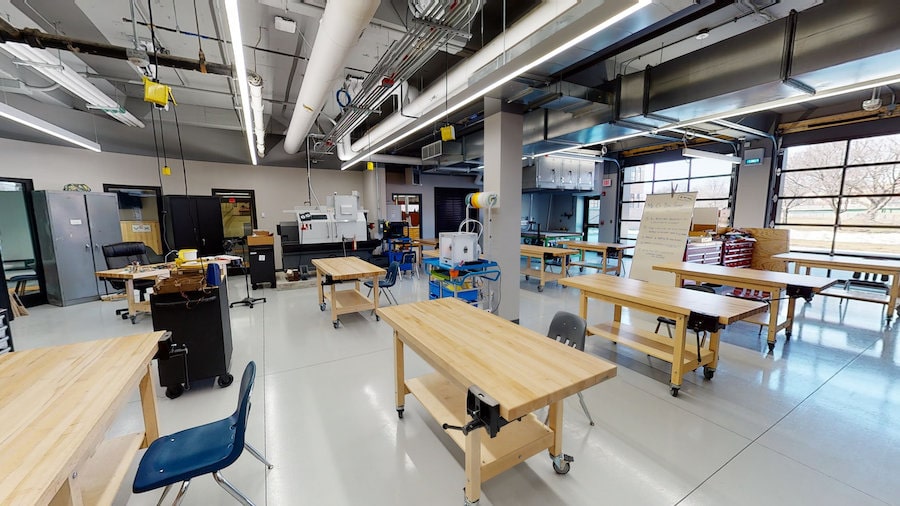
She said parents and area employers are noticing. “When parents come in and see what we are doing, whether it’s for a parent/teacher night or some other time, every one of them says to me they wish they had this when they were in school,” Bowen added. Employers in the region have marveled at some of the equipment in the schools. “We are producing students that are technologically literate. We aren’t producing welders or roofers; we’re giving students the skills they can use to become a welder, a roofer or anything else in the skilled trades and beyond.”
Bowen’s colleague in New York state, Lindsey Kregel, agreed. Kregel, a certified technology education teacher in the Indian River Central School District near Watertown, N.Y., said her job title has changed over the years from manual arts to industrial arts to technology education, but the content is still focused on the same key principles. Her mother, a nurse by trade, exposed her to construction early on through home remodeling work.
Kregel said the skills she teaches her students might not be taught to them outside of her classroom. “They are introductory skills for the industry, but they’re also being exposed to materials and tools they might not get to experience anywhere else in their life. I’ve had students go to work on a farm, go to college to study cybersecurity or become a doctor, and even join the military. These skills are relatable to any career choice after high school,” Kregel said.
Each of the educators agreed that the push for every student to obtain a four-year college degree is not the right path, especially with many graduating in debt and still no idea what they want to do for a living.
“My job isn’t to push a student in a specific direction. It’s to teach skills and provide new experiences so they may make the decision to move toward a career they desire,” Kregel said.
“I believe had I been pushed to follow the dreams of someone else, I wouldn’t be as involved and passionate about my career as I am.” she said.
While some students may graduate high school and immediately begin working in the skilled trades, others in these updated shop classes are taking advantage of agreements with area colleges and universities to continue their studies using the hands-on training — and even some early college credit — obtained in their classes. Some are even building homes.
Weissman’s students in Colorado build a Habitat for Humanity home in their region annually, using the skills learned in the classroom to help better their community.
Find out what NAHB is doing to combat the skilled labor shortage and develop the workforce of the future, including a look at our student chapters, at nahb.org/workforce.
